Zihan Yuan
Convex Hull-based Algebraic Constraint for Visual Quadric SLAM
Mar 03, 2025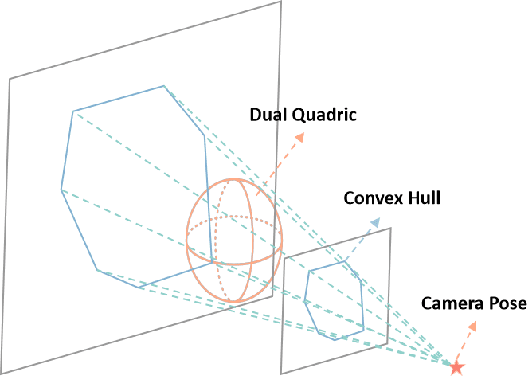
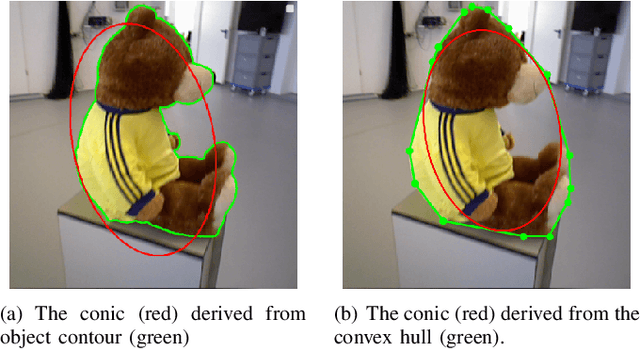
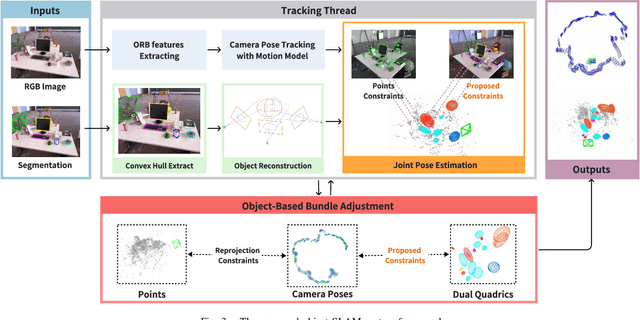
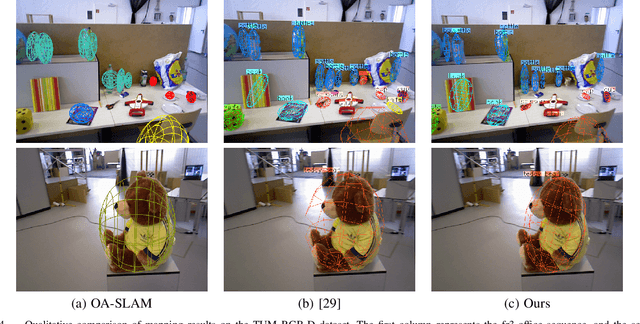
Abstract:Using Quadrics as the object representation has the benefits of both generality and closed-form projection derivation between image and world spaces. Although numerous constraints have been proposed for dual quadric reconstruction, we found that many of them are imprecise and provide minimal improvements to localization.After scrutinizing the existing constraints, we introduce a concise yet more precise convex hull-based algebraic constraint for object landmarks, which is applied to object reconstruction, frontend pose estimation, and backend bundle adjustment.This constraint is designed to fully leverage precise semantic segmentation, effectively mitigating mismatches between complex-shaped object contours and dual quadrics.Experiments on public datasets demonstrate that our approach is applicable to both monocular and RGB-D SLAM and achieves improved object mapping and localization than existing quadric SLAM methods. The implementation of our method is available at https://github.com/tiev-tongji/convexhull-based-algebraic-constraint.
BHEISR: Nudging from Bias to Balance -- Promoting Belief Harmony by Eliminating Ideological Segregation in Knowledge-based Recommendations
Jul 06, 2023



Abstract:In the realm of personalized recommendation systems, the increasing concern is the amplification of belief imbalance and user biases, a phenomenon primarily attributed to the filter bubble. Addressing this critical issue, we introduce an innovative intermediate agency (BHEISR) between users and existing recommendation systems to attenuate the negative repercussions of the filter bubble effect in extant recommendation systems. The main objective is to strike a belief balance for users while minimizing the detrimental influence caused by filter bubbles. The BHEISR model amalgamates principles from nudge theory while upholding democratic and transparent principles. It harnesses user-specific category information to stimulate curiosity, even in areas users might initially deem uninteresting. By progressively stimulating interest in novel categories, the model encourages users to broaden their belief horizons and explore the information they typically overlook. Our model is time-sensitive and operates on a user feedback loop. It utilizes the existing recommendation algorithm of the model and incorporates user feedback from the prior time frame. This approach endeavors to transcend the constraints of the filter bubble, enrich recommendation diversity, and strike a belief balance among users while also catering to user preferences and system-specific business requirements. To validate the effectiveness and reliability of the BHEISR model, we conducted a series of comprehensive experiments with real-world datasets. These experiments compared the performance of the BHEISR model against several baseline models using nearly 200 filter bubble-impacted users as test subjects. Our experimental results conclusively illustrate the superior performance of the BHEISR model in mitigating filter bubbles and balancing user perspectives.
Understanding Graph Convolutional Networks for Text Classification
Mar 30, 2022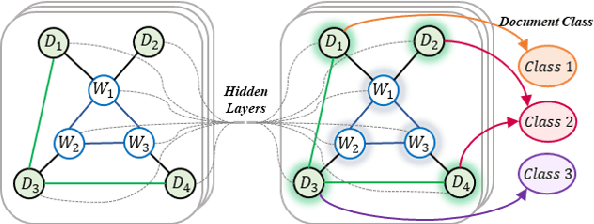
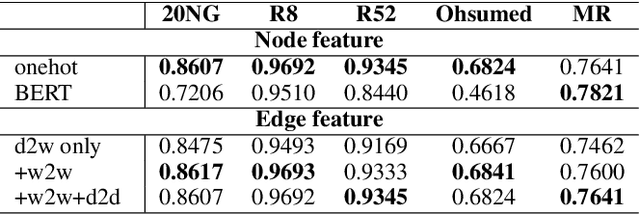
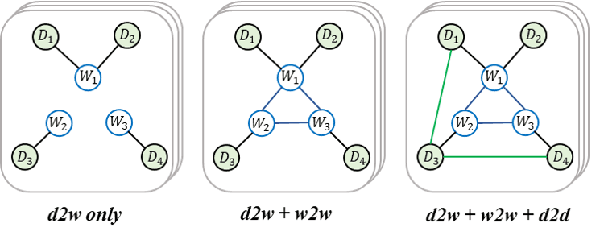

Abstract:Graph Convolutional Networks (GCN) have been effective at tasks that have rich relational structure and can preserve global structure information of a dataset in graph embeddings. Recently, many researchers focused on examining whether GCNs could handle different Natural Language Processing tasks, especially text classification. While applying GCNs to text classification is well-studied, its graph construction techniques, such as node/edge selection and their feature representation, and the optimal GCN learning mechanism in text classification is rather neglected. In this paper, we conduct a comprehensive analysis of the role of node and edge embeddings in a graph and its GCN learning techniques in text classification. Our analysis is the first of its kind and provides useful insights into the importance of each graph node/edge construction mechanism when applied at the GCN training/testing in different text classification benchmarks, as well as under its semi-supervised environment.
 Add to Chrome
Add to Chrome Add to Firefox
Add to Firefox Add to Edge
Add to Edge